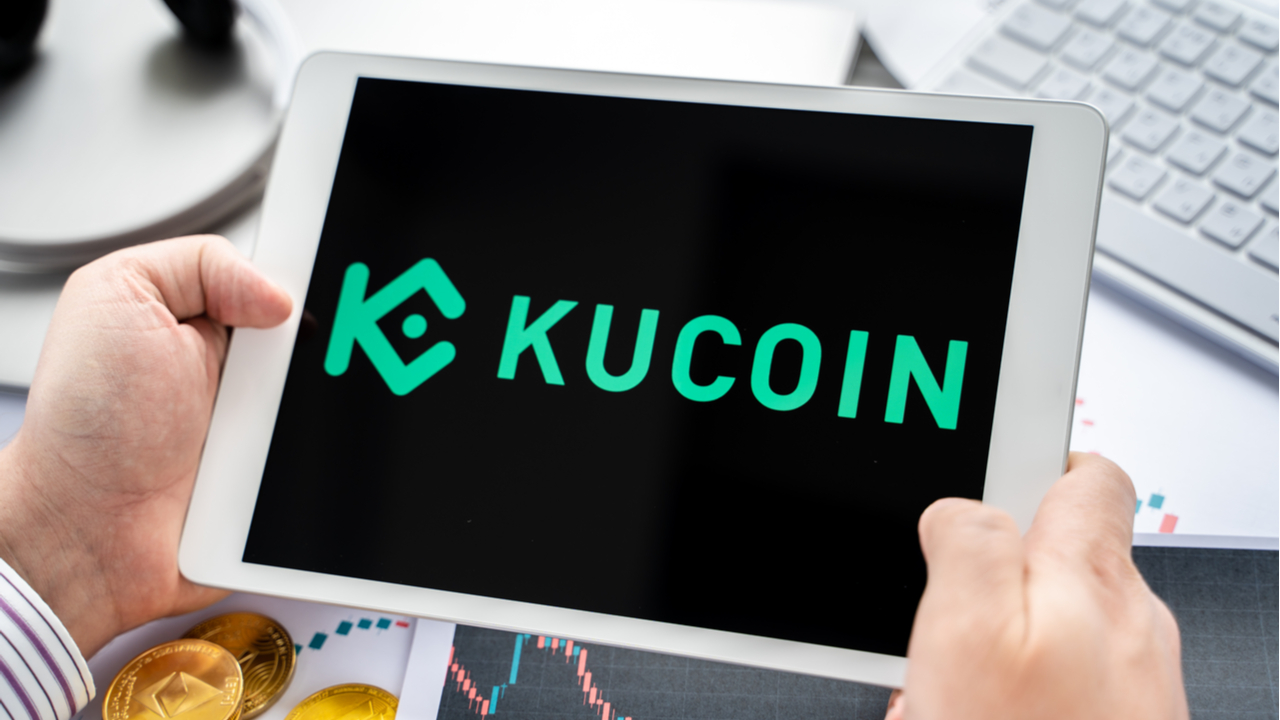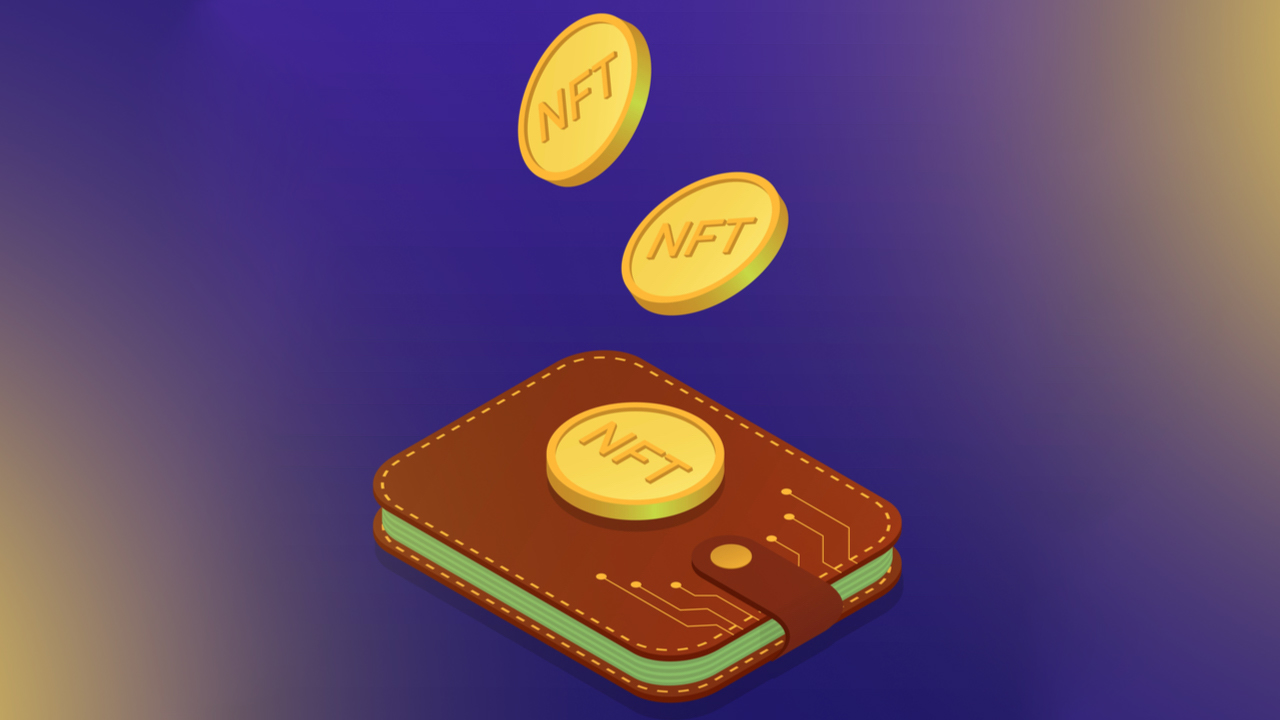
Time Magazine, Rarible and Aleksandra Artamonovskaja share insights into the values and visions that leading NFT projects and figureheads seek to uphold as the market enters a financial downturn.
The fever-pitch euphoria of nonfungible tokens (NFT) reached its proverbial all-time highs in the hours preceding the calamitous gas wars of the Otherside metaverse land sale.
But by most reputable accounts, following almost a year of frantic exponential growth, rife speculation and cultural spotlighting, the market was long overdue a respite. A hiatus from minting drama. It has now subsided and officially entered its inaugural bearish cycle.
Statistical data from OpenSea paints a sorrowful assessment of the market's financial fortunes, with the floor prices of some highly popular collections more than halving since peak highs.
The eminent Bored Ape Yacht Club is down from its peak floor price of 156 Ether (ETH) from the beginning of May to 98.8 ETH at the time of writing. Similarly, CryptoPunks dropped from 125 ETH on Oct 2 to its current value of 50 ETH.
Other profile picture projects (PFP) such as RTFKT Studios’ CloneX, Azuki, Doodles, and even metaverse lands The Sandbox and Decentraland have all suffered similar fates.
The highly revered Cool Cats and World of Women — which just six months ago were categorized as blue-chips for their innovative approach to intellectual property and community spirit — have experienced the most drastic reductions in the value of the top collections.
However, the NFT market is by no means alone in this trend. Macroeconomic factors of inflation, stock declines, and a lack of consumer affordability have been compounded within the crypto industry this week by the devastating collateral damage of the Terra (LUNA) stablecoin crisis.
And yet, despite the mellow social atmosphere and cultural admission of the falsehoods of WAGMI, the underlying sentiment among experienced artists, founders and advocates of the space is that the bear market will provide an opportune moment for reflection and rebuilding.
Alongside this, founders and core holders are welcoming the moment to broaden the conversation from greed-obsessive floor prices to more conscious subjects such as utility, societal impact, and IRL interactions.
Much like in the 2017-18 crypto winter, humbleness, resilience, and determination are the core pillars needed to cultivate a revival.
For a comprehensive overview of the ways in which NFT projects can preserve, and continue to fulfill their founding philosophy, community values and roadmap visions, Cointelegraph’s tech reporter Tom Farren conversed with a number of expert thought leaders within the space.
Aleksandra Artamonovskaja, a passionate NFT spokesperson and newly appointed partnerships lead at Joyn, spoke candidly about the importance of recognizing the opportunities presented within bearish cycles, sharing her belief that it’s the “perfect time to align your vision", before stating:
“When the market is hot, it’s hard to focus because there is so much noise [...] This [downturn] has acted like a cleaning mechanism for all the speculation that’s taking place. It will now be more clear, especially for investors, which projects are continually building and sticking to their values. It’s a good test to show that they are going to persevere no matter the circumstances.”
Despite everything, we keep moving forward
— Aleksandra Art (@aljaparis) May 11, 2022
Thanks for having me @OFFFest pic.twitter.com/SDNoDvzJ49
On the topic of 1/1 artists, Artamonovskaja reflected that "two years ago, artists that were selling 1/1’s didn’t have that much support," but that now "it’s a completely different case because of NFT galleries, marketplaces, artists residencies, exhibitions, competitions, and more."
"It’s not perfect," she says, "but it’s an opportunity for artists to look at how they can engage, not just with the buyer, but within the ecosystem itself," before concluding that "connection is a really good direction to explore.”
Related: NFTs could mark a resurgence in art galleries
TIME Magazine, recognized as one the most progressive organizations championing the leap into the decentralized sphere, announced a flurry of crypto adoption initiatives throughout 2021, including adding Bitcoin (BTC) to their balance sheet, and accepting crypto payments for their 18-month digital subscription option in partnership with Crypto.com.
In March this year, the historic 99-year-old magazine published a revelatory interview with Ethereum co-founder Vitalik Buterin alongside a commemorative genesis NFT magazine issue
TimePieces, a Web3 creative subsidiary of TIME, has equally embraced the culture and ethos of the space, launching a number of artistically diverse and culturally relevant NFT collections such as Slices of TIME and Build a Better Future, among others.
President of TIME Magazine, Keith Grossman shared his anticipations for the future prospect of NFT projects based upon their intentions - monetary or value-orientated, assessing that many "greed-based communities [won't] survive over the next year as the focus of these are primarily quick, monetary return - not a greater cause or belief system."
“Values-based communities” have the highest capacity to thrive according to Grossman because “their members are focused on building something together that is bigger than any one individual or immediate economic return and share a common belief that values creates value over time.”
Later in the conversation, he openly revealed the areas of growth that TimePieces will attentively seek to develop throughout the bearish cycle in order to best serve their community and the wider ecosystem, stating:
“TIMEPieces will focus its energy on continuing to invest in building its Web3 presence and continuing to lean into our brand to provide strong programming and access for its community members [...] Our view will not change due to market conditions: we are evolving our brand within this space for the next 100 years - not 100 minutes, weeks or months. Years!”
this is how dedicated @KeithGrossman isflew over across the ocean to honour @timepieces & his curated @ 1 & only #NFTLiverpool world’s largest & LONGEST NFT exhibition! he spent genuine effort & ⏰ getting to know each of us
— ARTJEDIᵍᵐSuperRare+Visual Arts Ambassador KO (@ARTJEDI1) May 14, 2022
huge honour✨ always gr8ful4 this⏰ pic.twitter.com/J09L8RmUcp
TimePieces is actively recruiting for five roles, including a head of collector relations and a manager with metaverse experience - all of which come with a strong affinity for applicants within the TIMEPieces community.
Related: The NFT sector is projected to move around $800 billion over next 2 years: Report
Acknowledging the current market dynamics, coupled with the relatively high risk of NFTs within an investment portfolio, co-founder and Chief Strategy Officer of Rarible, Alex Salnikov, declared his opinion that “NFT collections which are bought for user enjoyment or artistic appeal, and which offer valuable utility, will hold relatively steady.”
Rarible is the the fourteenth leading marketplace by volume traded over a 30-day period with $2.81 million according to data from DappRadar. Speaking on the question of aiding their community through what can be an uncertain time for many, Salnikov said:
“We pride ourselves on being a community-centric marketplace, and this principle has never been more important to uphold than during a bear market. Our team is placing a particular emphasis on supporting community-focused NFT collections.”
Citing their work with Solana-based Degenerate Ape Academy, and Meta Angels to develop and launch bespoke marketplaces for their ecosystems, Salnikov noted that this supports their overarching ambitions to “dedicate a greater proportion of fees earned on the marketplaces to the project’s treasury or DAO, and have overall greater flexibility as opposed to larger, more centralized platforms.”














